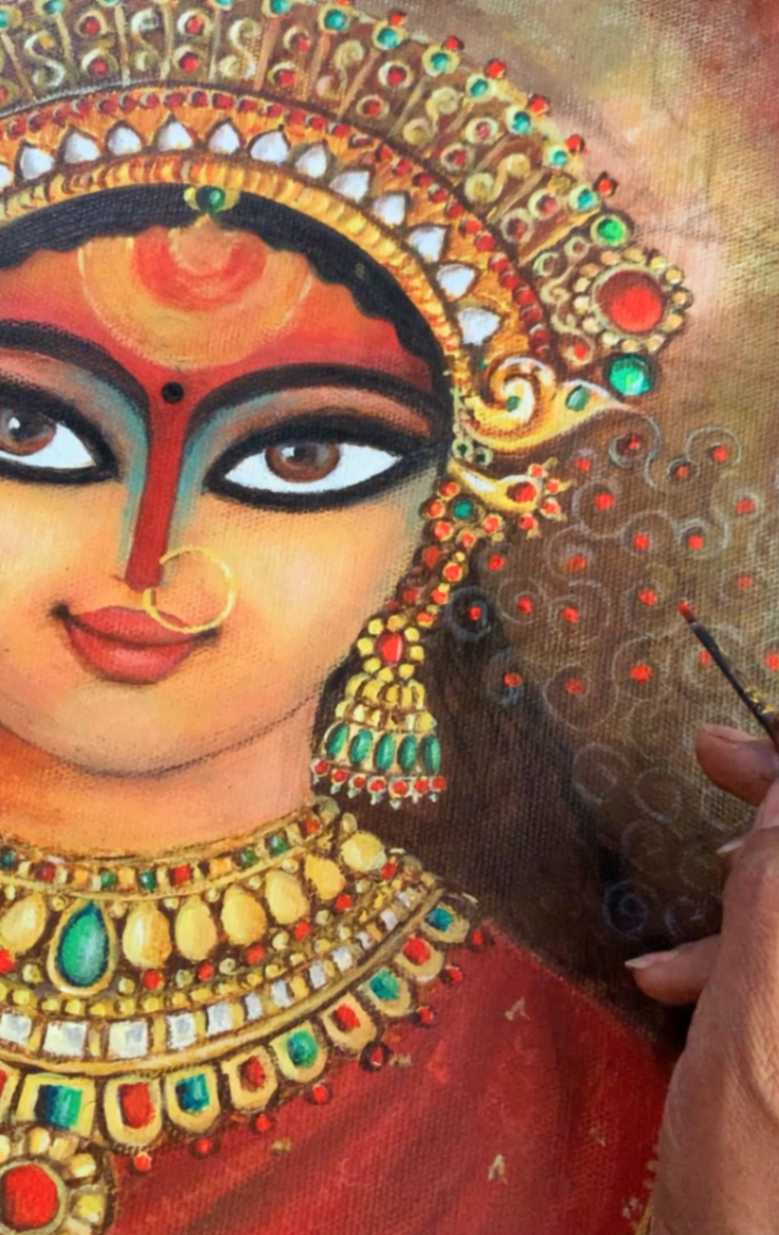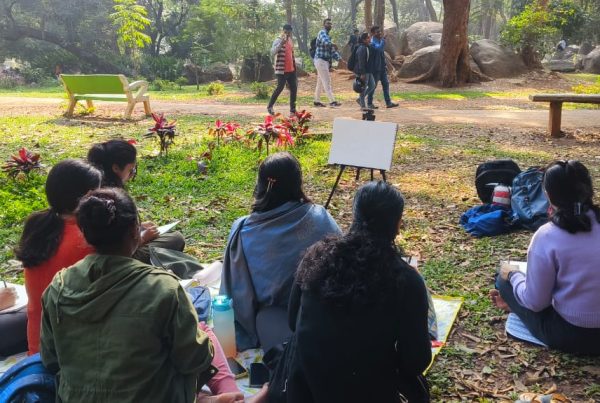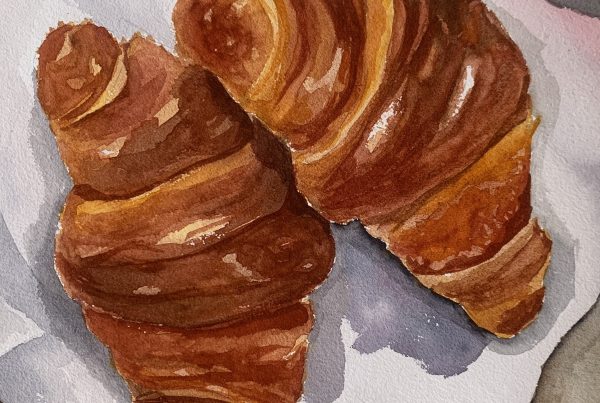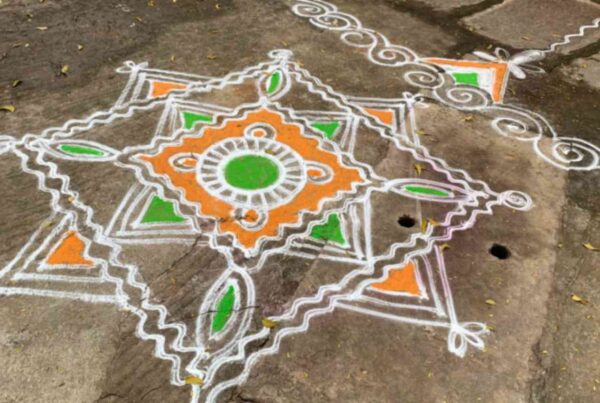Navratri being the 9 – 11 day festival according to the pace that it is celebrated is for the worship of goddess DURGA, is very colorfully celebrated across the country, the various incarnations and victories over demons of the goddess are celebrated and worshipped. It portrays ‘good over evil ‘ folklore. This divine feminine festival is celebrated with dances, feasting, fasting, display of dolls, etc, therefore we witness a lot of art, culture, and colors.
The 9-day festival also has 9 colors, that depict and symbolize certain things. They are Orange, White, Red, Royal Blue, Yellow, Green, Grey, Purple, and Peacock Green. To wear or use which color on which day depends on the day it starts. It is considered a blessing to decorate the house and wear clothes in these colors. Although there is no rule that you cannot wear black, it is avoided during such auspicious occasions due to its association with sorrow and negative things.
Following the color code for the nine festive days is not mandatory but using them during this time is considered auspicious. When incorporated according to the days they are said to bring peace and positivity in the household.
During the festival, there are numerous forms of arts performed, like dance, music, and decorative art celebrating the festive and lively atmosphere with the main objective being to lift up people’s spirits and spread a sense of belonging and joy.
Dandiya-raas is one such dance form performed in Gujarat, where men and women wear colorful costumes and dance together to the beats of traditional folk instruments Dhol, and Tabla shedding light on the importance of arts in our lives.
Meanwhile, in Mysore, the grand occasion of Dusara is celebrated with an extravagant display of “Jumboo Savari” where a pack of elegantly adorned elephants marches from the Royal palace in Mysore.
WHAT DO THESE COLORS DEPICT?
Each of the 9 specific colors symbolizes a distinct quality of the Devi.
- White: The color symbolizes peace, purity, and prayer in devotees’ hearts when they worship the Devi.
- Red: Red symbolizes action and vigor. It symbolizes the fierce form of the Goddess.
- Royal Blue: Royal blue symbolizes tranquility and the depth of the dark blue sky. It is a representation of the depth of wisdom the Devi holds.
- Yellow: Yellow is the color of brightness, happiness, and cheer – traits of the Devi.
- Green: Green symbolizes the growth and fertility required for success in every field.
- Grey: Grey represents balance.
- Orange: Orange symbolizes radiance and energy.
- Peacock Green: Peacock green represents uniqueness and individuality.
- Purple: Pink symbolizes love, affection, and harmony.
The first three days of Navaratri are dedicated to Durga or Kali, the next three to Lakshmi, and remaining three to Saraswati.
This festive season, we could get a little more creative if we wish to and paint our fabrics ourselves with traditional folk arts or whichever design or artwork we prefer, we could get colorful by painting walls, dolls, diyas, and whatnot. The possibilities are endless, we are all so limitless, and the goddess always guides us with everything we do, everything happens through us through her, all we have to do is welcome it within us.
Enrol in our classes and celebrate the joy of colors, our art courses are sure to invoke interest in you with the spirit of creative enhancement that might transform your perspective and overall outlook on art and life. Come and join us in the divine atmosphere of our classroom and get artsy adding a bit of color and imagination every day.
More about colors and its relation to psychology
Color psychology is the study of hues as a determinant of human behavior. Color influences perceptions that are not obvious, such as the taste of food possessing qualities that can cause certain emotions in people. How color influences individuals may differ depending on age, gender, and culture.
They play an integral part in art and are known to evoke non-verbal emotions synchronizing in full swing with the various elements used in art. It can no doubt help one bend the limitations of reality playing with the tones and shades fostering an intense flow of undescribable sentiments in the perceiver of the art.
How do they affect your mood?





